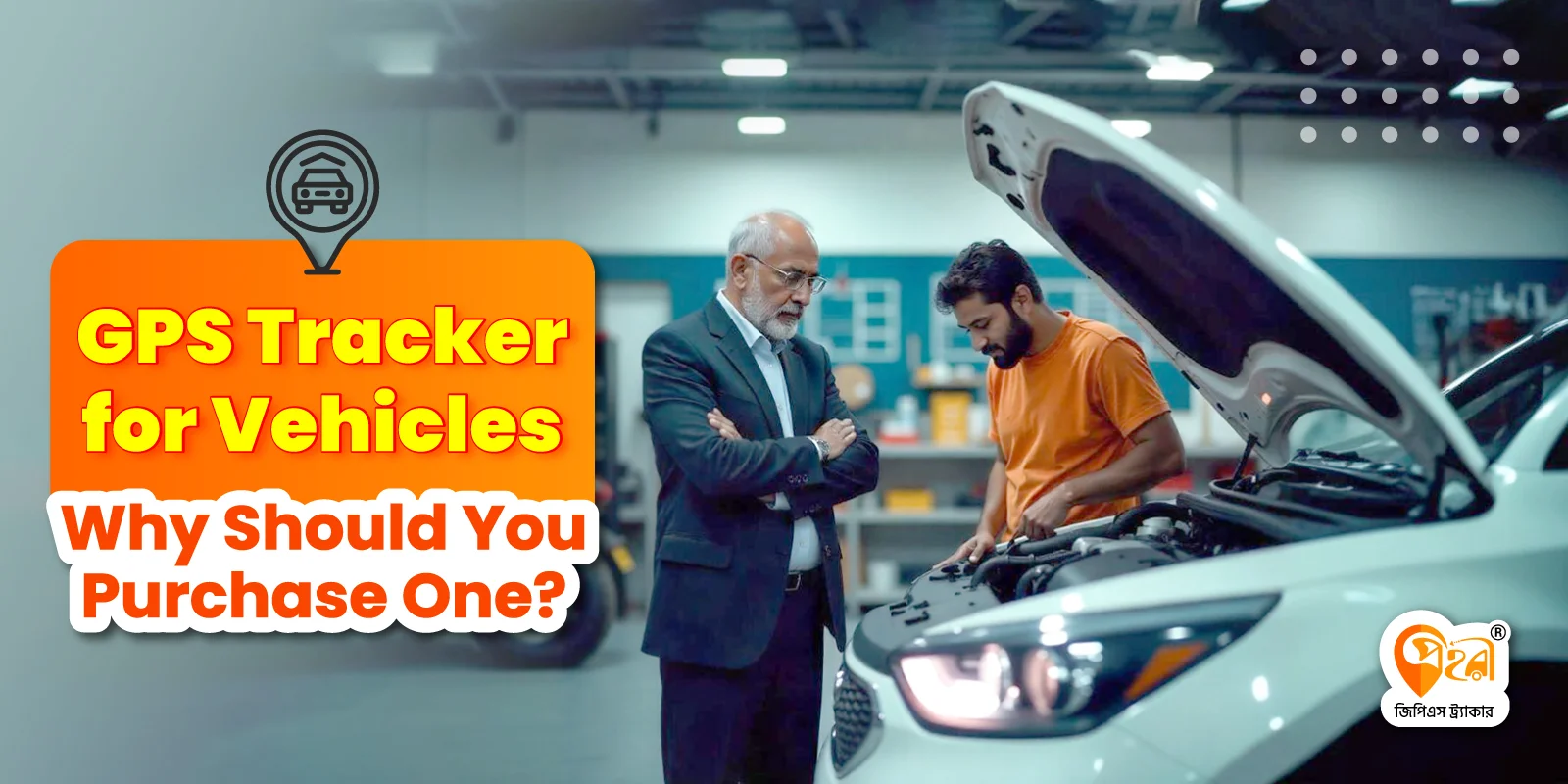1
There is a proverb goes that history comes back again and again. Industrial culture is even an example of the repetition of commercial history. At present, the popularity of electric cars is slowly increasing. These electric cars and history are not new, but hundreds of years old.
At the very beginning of the twentieth century, in 1900, a total of 4192 cars were produced in America. Of these, 1681 were steam-powered, 1575 were electric cars and only 936 were gasoline-powered cars. Steam-powered cars were made at that time but lost for the sake of reality. But the electric car is back!

In 1900, almost everyone who sponsored the first automobile show in New York said that electric cars were going to be the future of the car world. But at that time the electric car did not run for more than 10 years. But the seeds of the future of electric cars were sown then.
In 1911, Charles Catering made the first self-starter car. It was basically an electric car. Although the car’s internal-fuel engine was not as reliable at the time, it was becoming more advanced and well-organized. And at that moment, the rise of electric cars was somewhat settled. By 1792, research on batteries had ceased and was almost closed until the modern era.
In terms of production, electric cars were in the 3rd position in 1900, but now they are not in such a good position. However, the triumph of electric cars in China has already begun. Last year, about 3.5 million electric vehicles were registered in China alone. On the other hand, there are only one and a half lakh in America. It is expected that the production of electric vehicles in China will double this year.

2
At present car patrons and manufacturers think that self-driving cars are going to reign in the car world in the future. If so, the burden of that kingdom will fall on the electric car as well. Because if the self-driving car is an electric car, then its efficiency will be the most available. Because, in the case of electric vehicles, the most advantage will be found in the combination of electric car battery platform and automatic technology.
It is expected that by 2030, existing vehicles with internal fuels will be largely replaced by electric vehicles. Just as when people left horse-drawn carriages after the invention of the engine, they turned to engine-powered cars, so in the future, people will become completely dependent on electric cars.
Currently, the demand for hybrid vehicles has also increased. Do you think this hybrid car is a recent discovery? No, not at all. Ferdinand Porsche built the first hybrid car between 1900 and 1902. The gas engine of this car used to supply electricity to the motor at the wheel of the car.

The first electric car in history was built by William Morrison. Made in 1890, this car is very significant in the history of the car because it was the car that used tire wheels instead of carriage type wheels. When it comes to electric steering, the first electric steering was invented in 1897.
Electric cars that are currently seen have regenerative braking systems. This helps to retain the energy lost through the system. But electric cars manufactured by Louis Antony also had resin braking systems. Then came the introduction of the electric taxi cab in New York. By 1899, about 90 percent of New York City taxis were electric. There were also stations for battery charging, which has become a bit difficult for electric vehicles at the present time.
3
According to car manufacturers, electric motors are capable of producing about 100 percent of torque at zero rpm. But this information is not new to them. This fact was revealed to them in 1895 when the electric car first won a car race. And the first car in history to cross the speed limit of 100 kilometers per hour is also a Belgian electric car! Driver Camille Zinatji set the maximum speed of the car at 104 kilometers per hour.

Inspired by this, the Baker Torpedo was made in America in 1902. With a comparatively light body and chassis, the car reached a top speed of 12.74 kmph in the official test, and unofficially it was 193 kmph. Now let’s hear the story of a college dropout. This college dropout in 1884 made his first electric car in the basement of his home.
The first American car dealership was established in 1898, selling only electric cars. It is good to keep in mind that Tesla, currently the most famous electric car company, has faced some obstacles in setting up a dealership network.
4
If it weren’t for the recession that began in the electric car market after 1920, we could have enjoyed the benefits of lithium-ion batteries decades ago. Interestingly, after the 1960s, when the electric car market began to revive, its source of power was lead-acid batteries. But even that battery did not benefit the market because at that time the price of gas per gallon was only 30 cents.

We dig into our glorious past to better shape the future. What our forefathers did became the way to our future. Not just cars, but technology as well. Electric cars are now completely technology-dependent, with new technologies being invented for vehicle safety and security. The first GPS was used for car tracking on the battlefield more than a few decades ago.
But that history is back again as a vehicle tracker. Previously this technology was used only for car tracking but now all vehicle news such as fuel monitoring, door lock alert, engine lock unlock, speed violation and many more features are present in the current vehicle trackers. If there is a vehicle tracker in the car, the owner of a car is much less stress-free. Prohori Vehicle tracker is now being made in Bangladesh, not abroad.


